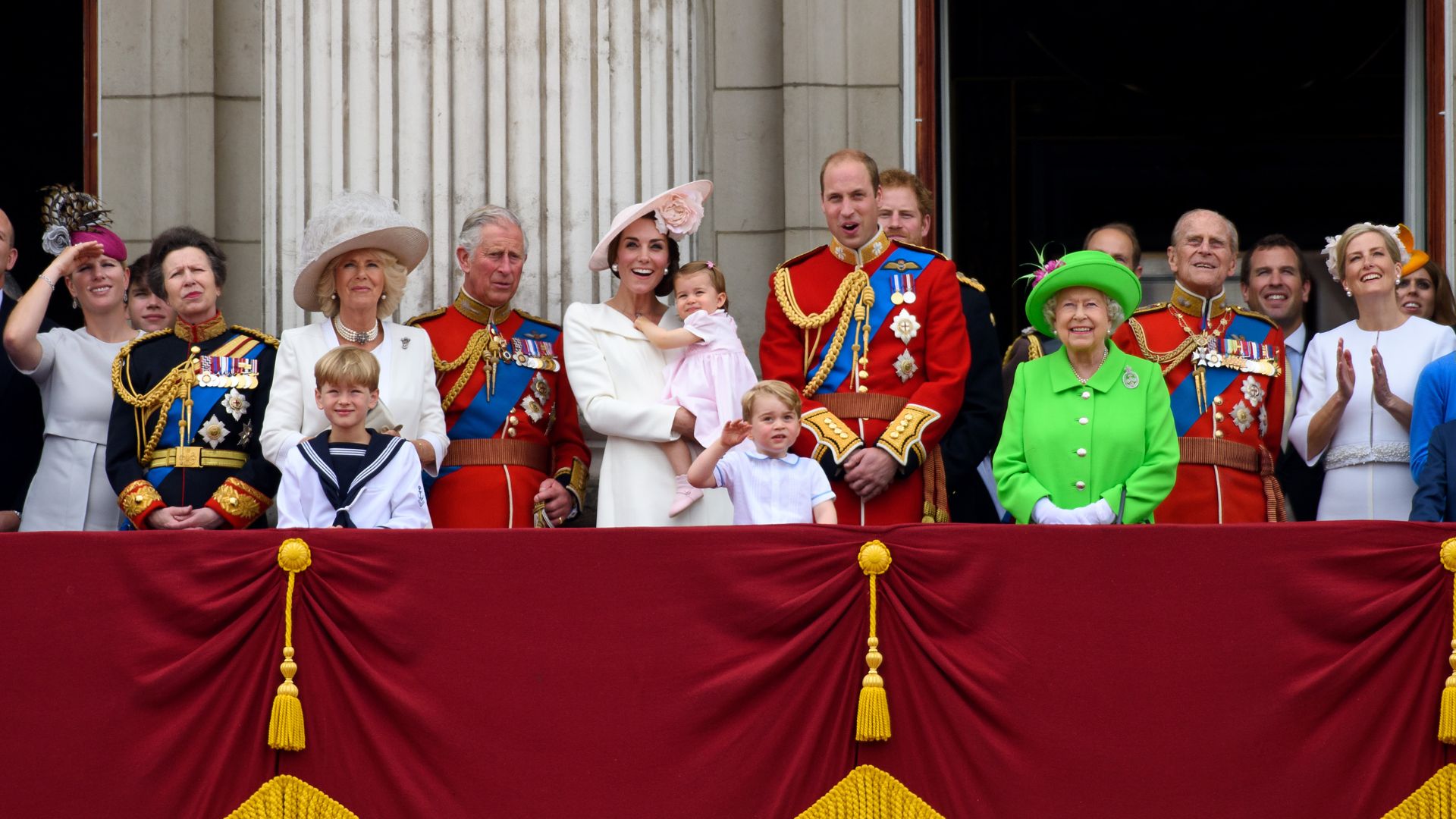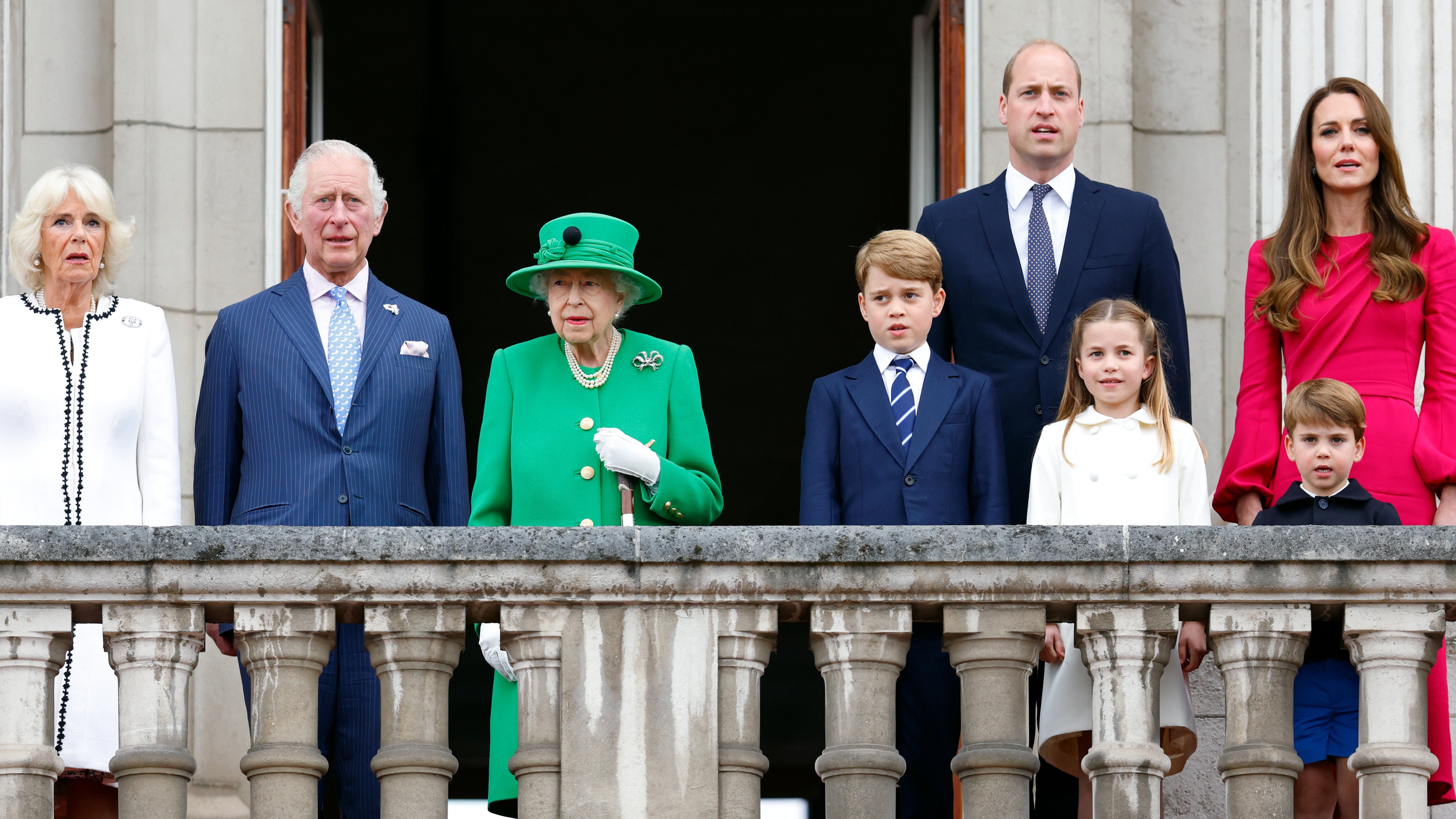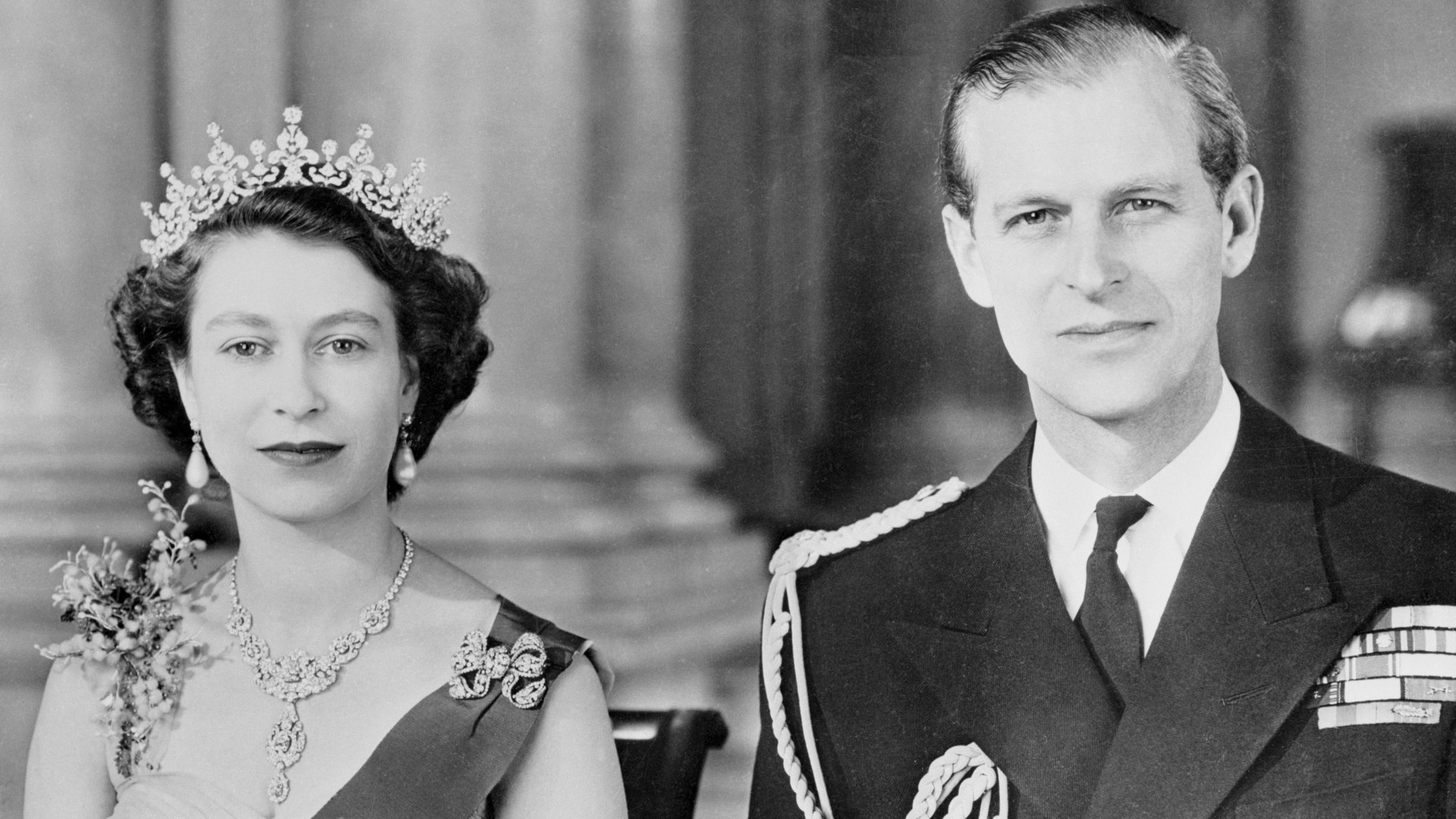
Royal fans may know a lot about the royal line of succession and the royal family's official titles, but many are asking, what is the Royal Family's last name?
The Royal Family are rarely referred to by their last name and for years, they actually didn't have one. But in 1917 the late Queen's grandfather King George V officially adopted a surname.
Before this point, the British Royal Family did not have a surname and kings and queens simply signed themselves using only their first names. The names of dynasties were used before a surname was introduced, such as the House of Tudor and the House of York.
So how did the Royal Family's last name come about and what is it?

What is the Royal Family's last name?
The Royal Family's last name is Windsor. This came about back in 1917, when George V made the radical decision to change the name of the dynasty and adopt a surname.
When George V succeeded to the throne in 1910, he belonged to the House of Saxe-Coburg-Gotha. which was the family name of Edward VII’s father Prince Albert.
The king wanted to change the surname because of anti-German sentiments at the start of World War I as Saxe-Coburg-Gotha was of German origin.
George V declared at a meeting of the Privy Council on July 17, “All descendants in the male line of Queen Victoria, who are subjects of these realms, other than female descendants who marry or who have married, shall bear the name of Windsor.”
The name Windsor came from Windsor Castle - one of the royal family’s properties. The House of Windsor and the surname of Windsor were adopted by the Queen after she acceded to the throne in 1952. However, she made a slight amendment to the surname to distinguish her and Prince Philip’s descendants from the rest of the Royal Family.

Where does the name Mountbatten come from?
Many royal fans might, understandably, think that the Royal Family's second name is Mountbatten. Prince Harry and Meghan Markle's children use the second name Mountbatten-Windsor, but this isn't the Royal Family's official surname.
The name Mountbatten was actually Prince Philip's name. In 1947, the then-Princess Elizabeth married Philip Mountbatten, and a few years later, Elizabeth ascended the throne. She then became Queen Elizabeth II and Philip Mountbatten became the Duke of Edinburgh.
However, the couple decided they wanted to differentiate their branch of the Royal Family tree from others so their descendants would carry the hyphenated last name Mountbatten-Windsor.
The Royal Family’ official website states, “The effect of the declaration was that all The Queen's children, on occasions when they needed a surname, would have the surname Mountbatten-Windsor.”
It was therefore declared in the Privy Council that The Queen's descendants, other than those with the style of Royal Highness and the title of Prince/Princess, or female descendants who marry, would carry the name of Mountbatten-Windsor.
The surname Mountbatten-Windsor first appeared on an official document on 14 November 1973, in the marriage register at Westminster Abbey for the marriage of Princess Anne and Captain Mark Phillips.

Why don’t royal family members use their surname?
For the most part, members of the Royal Family who are entitled to the style of HRH Prince or Princess do not actually need a surname. And any Royal Family member can decide not to use the official surname.
Some Royal Family members use their family’s territorial designation instead. For example, Prince William and Prince Harry went by William Wales and Harry Wales when they served in the military - as their father was the Prince of Wales at the time.
Similarly, Prince George and Princess Charlotte were known as George and Charlotte Cambridge at school when their parents were the Duke and Duchess of Cambridge.
However, due to the constantly changing names and titles - as we've seen in recent times with Kate and William becoming the Prince and Princess of Wales - the royal family prefers not to use last names.







